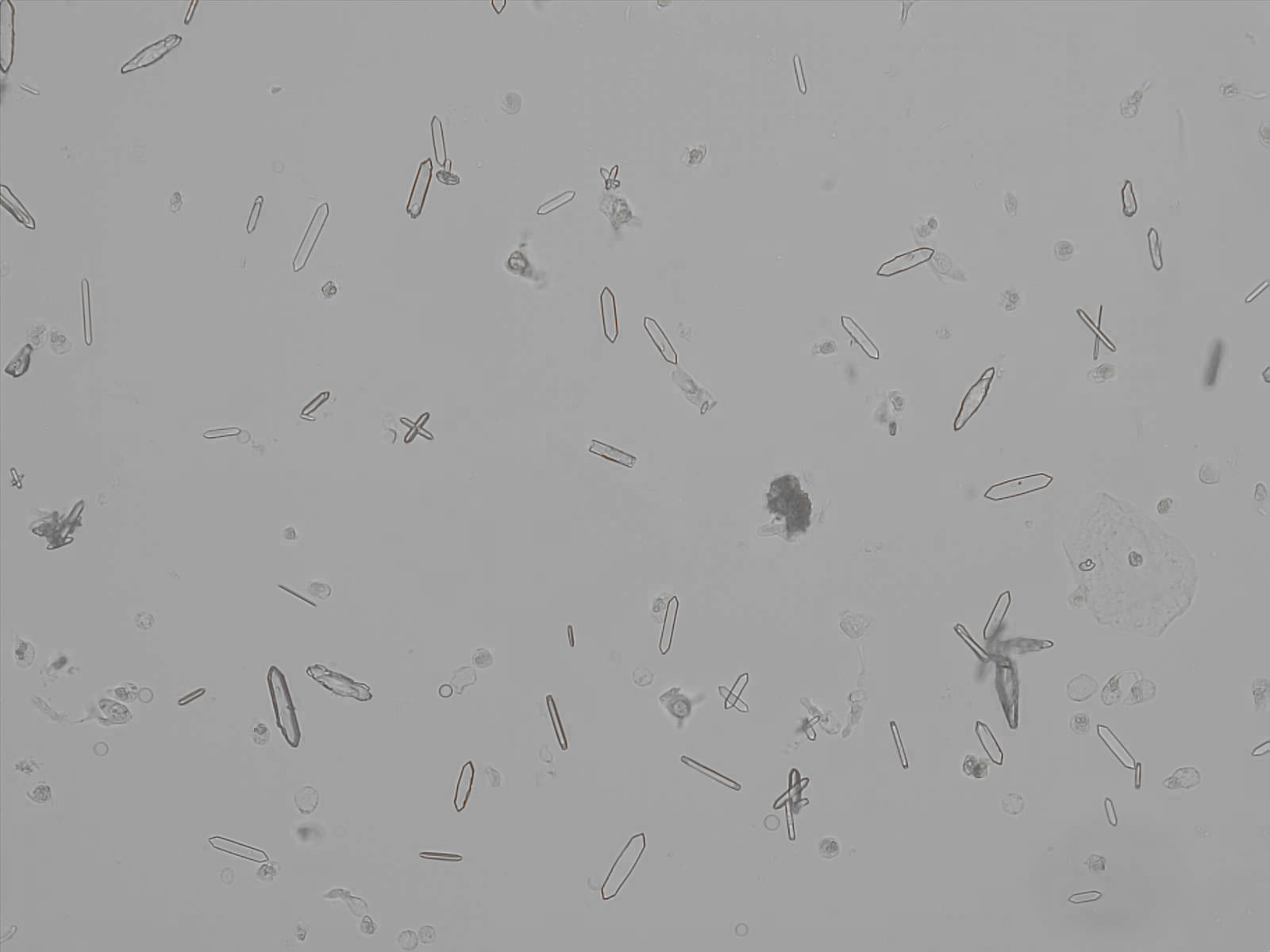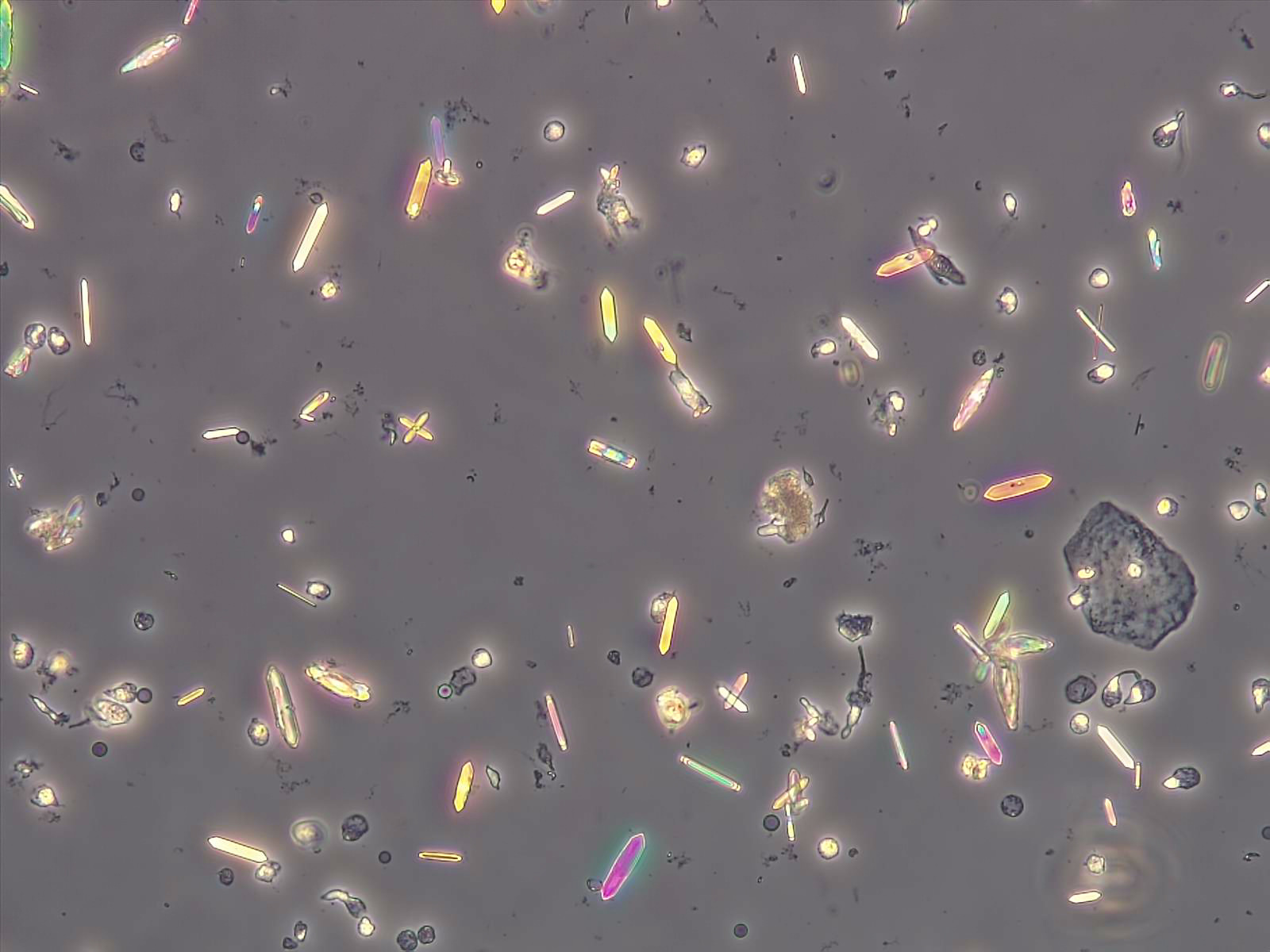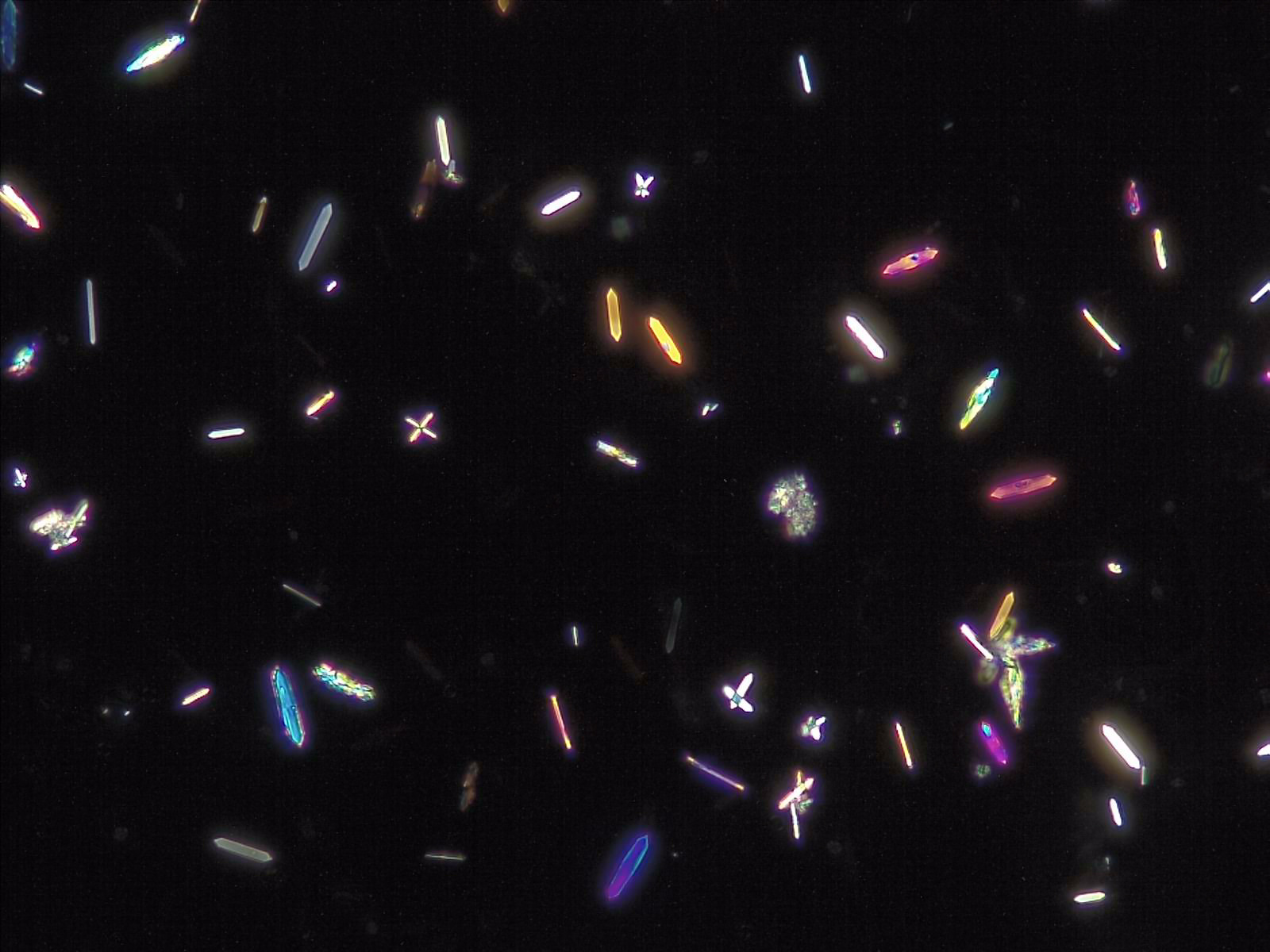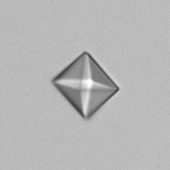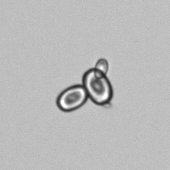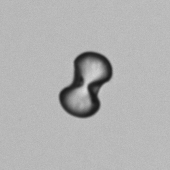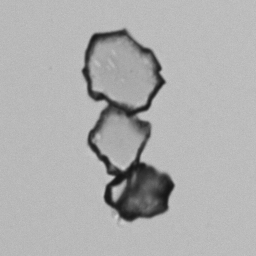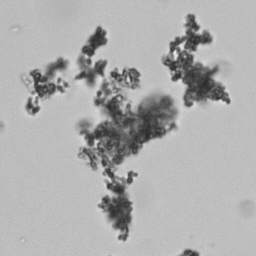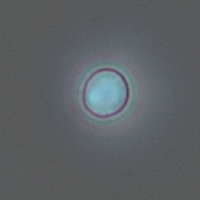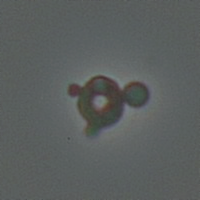CaOx - Hexagonal
Synonyms: Picket fence, Whewelite, CaC₂O₄·H₂O
Pathological
A rare cause of calcium oxalate monohydrate crystalluria is accidental or intentional ingestion of ethylene glycol. This substance is found in antifreeze products, among others, and after ingestion is converted in the liver to glycolate, glyoxalate and eventually oxalate. These metabolites can lead to multisystem disease as calcium oxalate monohydrate crystals precipitate in various organs such as the brain, kidneys, lungs and heart.
In the kidneys, these crystals precipitate in the renal tubules, both intracellularly and in the lumen, leading to acute kidney injury. Laboratory findings typically include: elevated serum creatinine, metabolic acidosis, increased anion gap, increased osmolic gap and the presence of crystalluria.
Crystalluria in this situation is characterized by large numbers of birefringent calcium oxalate monohydrate crystals. These often have unusual shapes, such as short prisms, needle shapes, spindle shapes or elongated hexagonal structures. The elongated hexagonal crystals are reminiscent of the slats of a classic fence and are therefore sometimes called "picket fence" crystals.
Technique
